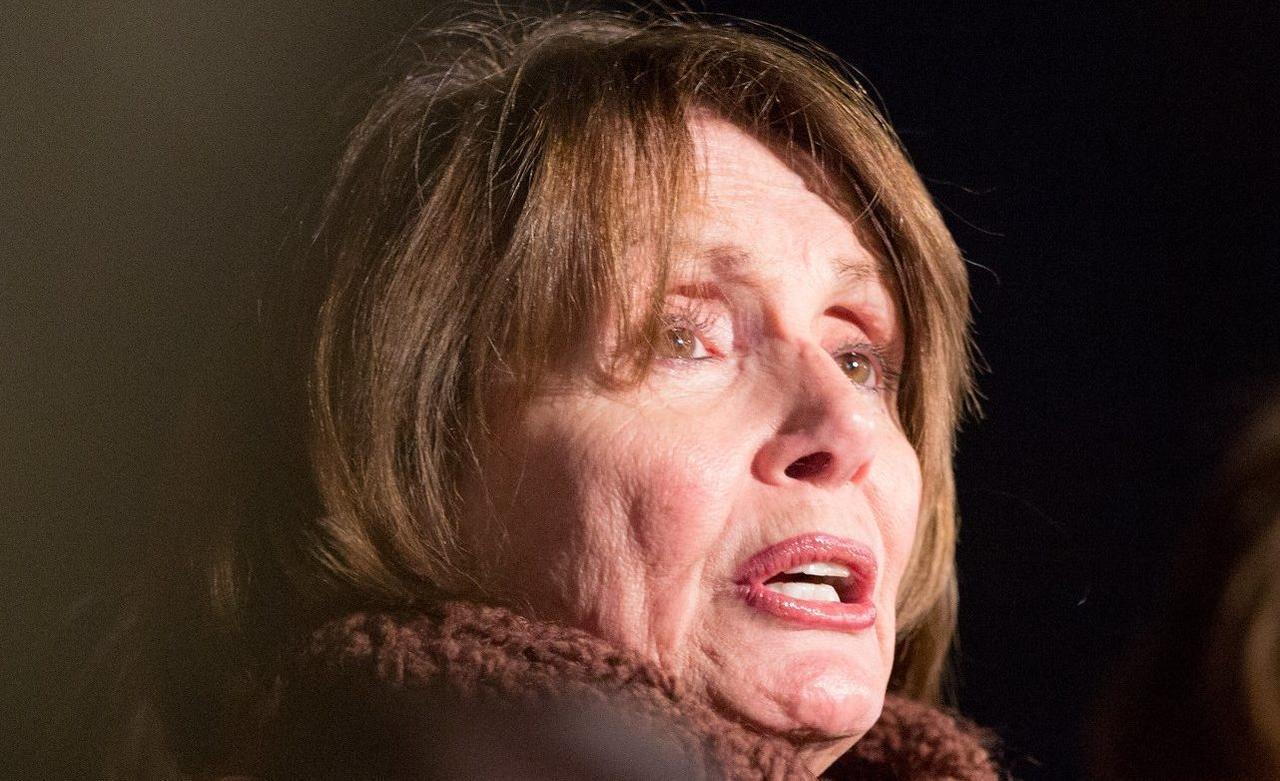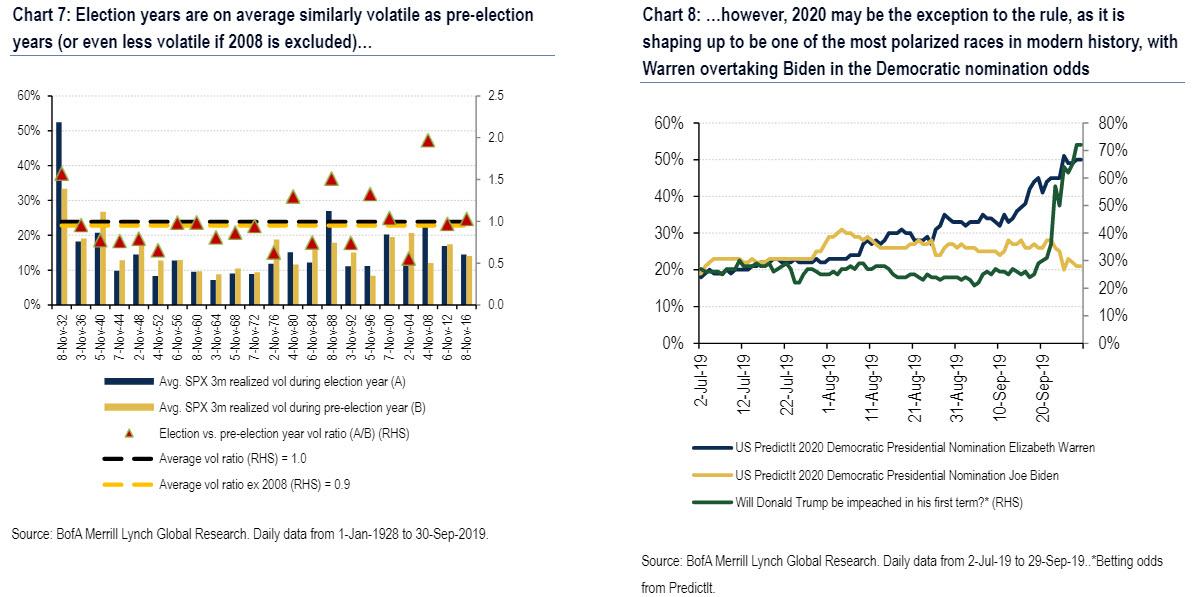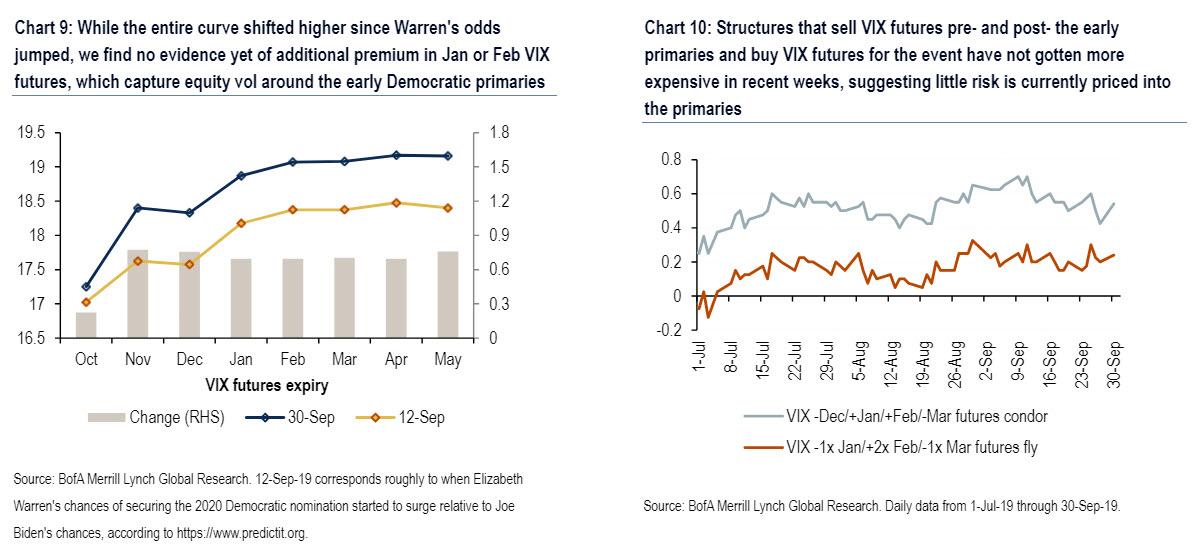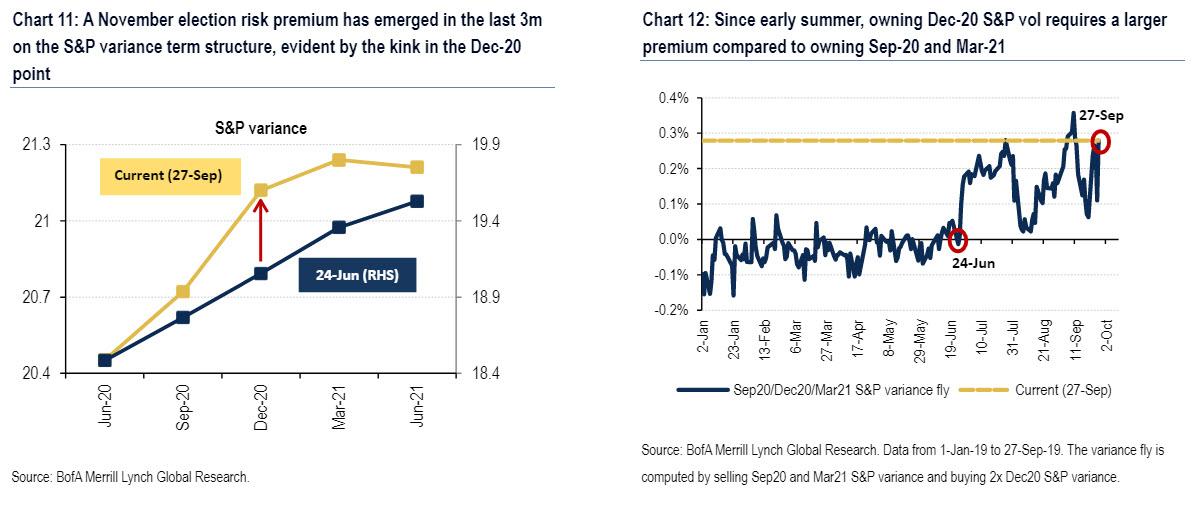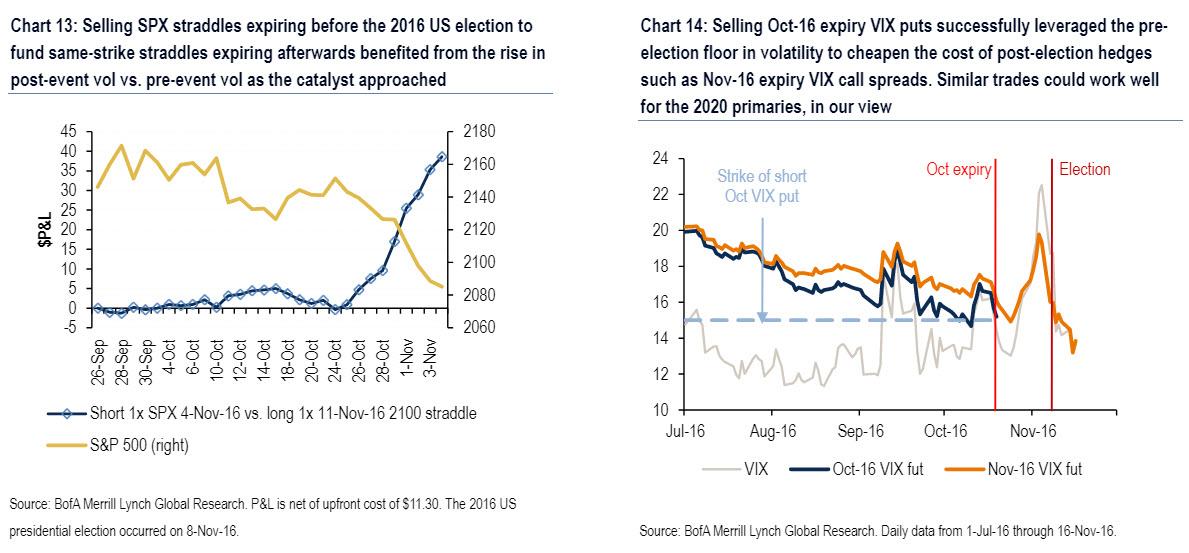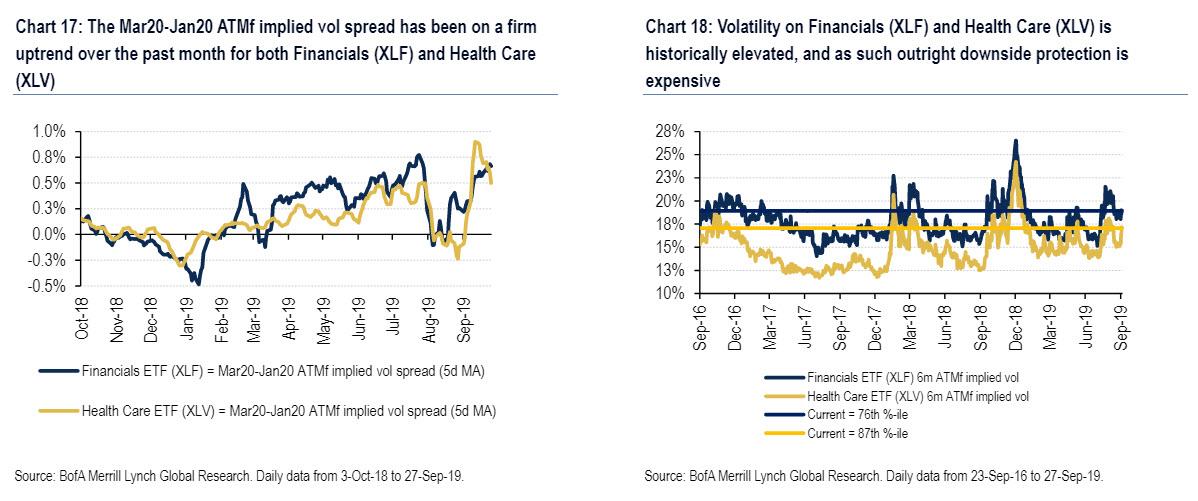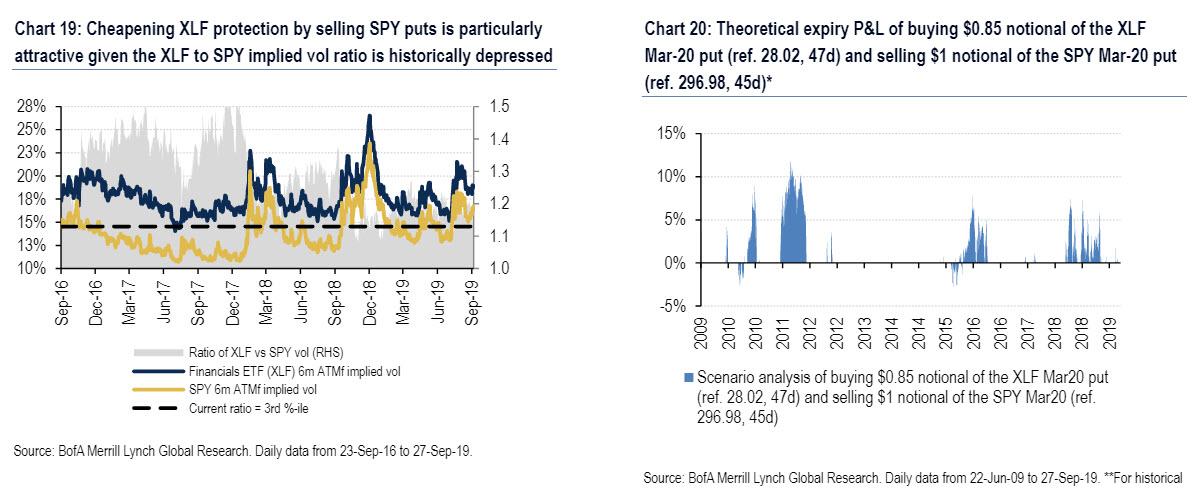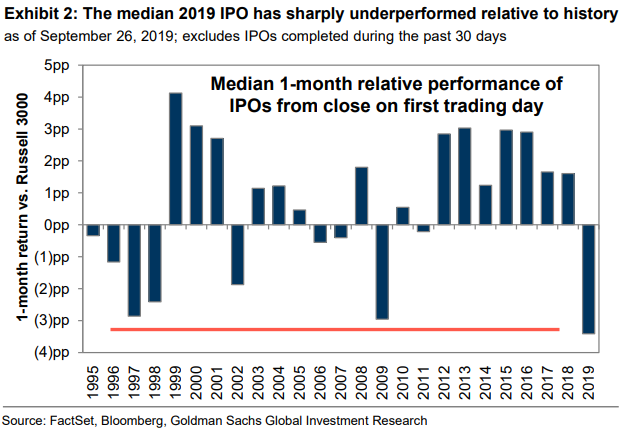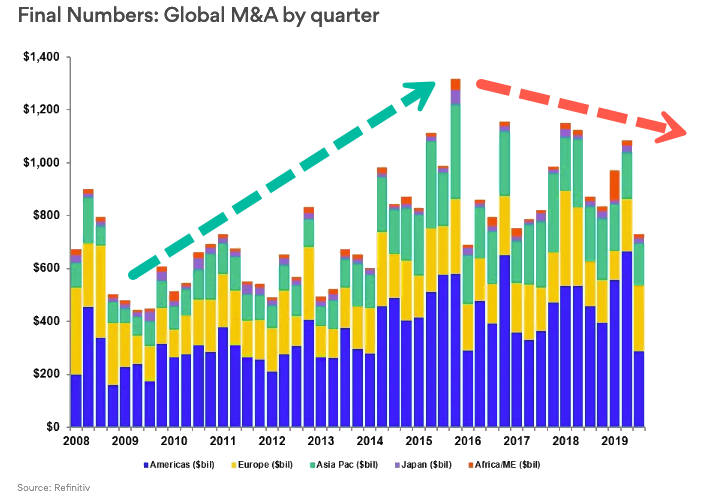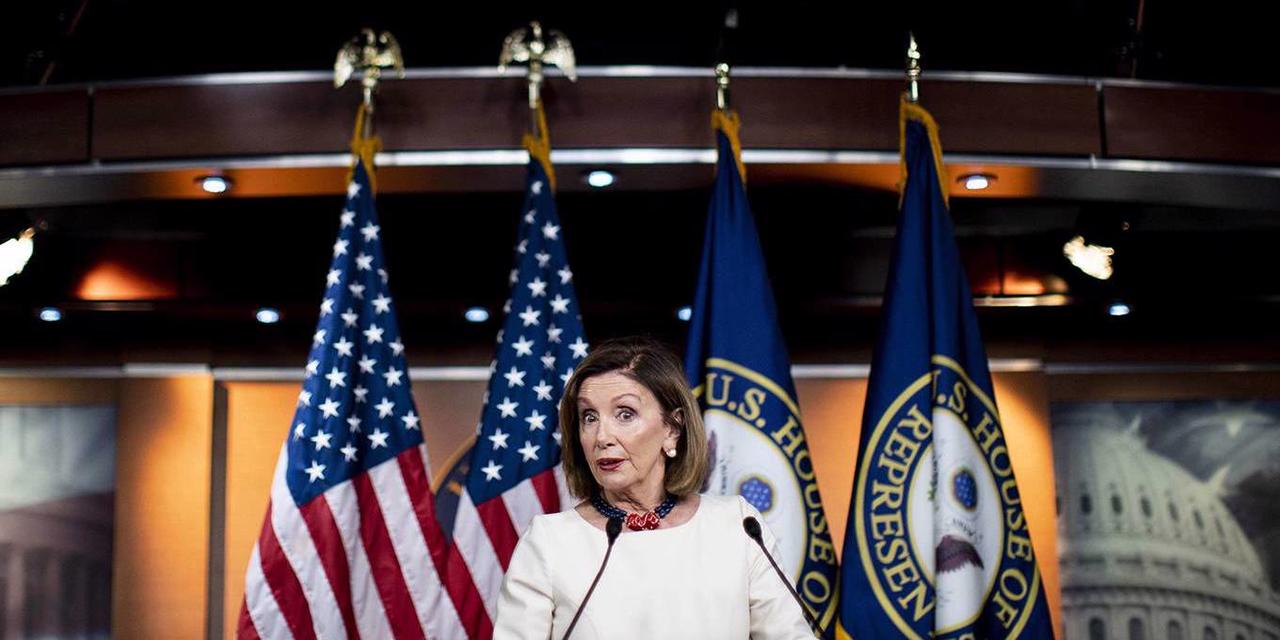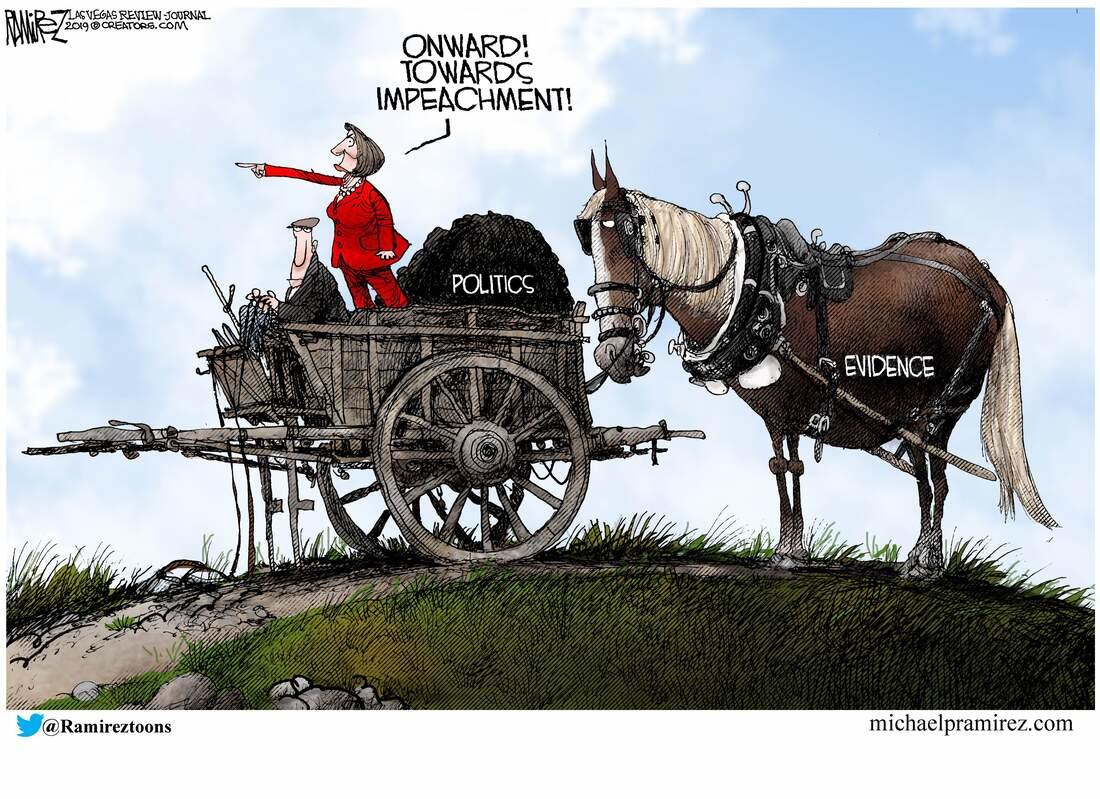Nutrition researchers and doctors are at each other’s throats once again, this time over a recommendation published in the Annals of Internal Medicine that “adults continue to eat their current levels of red and processed meat unless they felt inclined to change them themselves.”
This advice runs contrary to the consensus formed by most American medical organizations and the U.S. government, which says the optimal diet is one low in all kinds of meat and processed foods and higher in most kinds of vegetables, fruits, and grains.
It’s yet another example of the ways that years of bad government diet recommendations, media myths, and disagreement between competing factions in the world of diet and nutrition science have combined to make for an incredibly confusing environment for people who want to eat better, tastier, healthier diets.
The panel of experts that made the red meat recommendation labeled its conclusions as a “weak recommendation” with “low-certainty evidence.” You can read the entire package from the American College of Physicians, which publishes the Annals, or just this summary: “We found low- to very low-certainty evidence that diets lower in unprocessed red meat may have little or no effect on the risk for major cardiometabolic outcomes and cancer mortality and incidence.”
This conclusion has sparked a fight between two groups that might best be described as “meat agnostics,” who believe that moderate meat consumption is not as risky as recently claimed, and “less meaters,” who argue that meat consumption does not occur in a vacuum, and—in the industrialized context—is generally bad. If you buy raw animal proteins, cook them yourself, and eat them with mostly greens, rainbow vegetables, and legumes, you probably agree with the new recommendation. If you eat most of your meat out of a can, wrapper, or bucket, you are why people are mad at the new recommendation.
My own takeaway, as someone who overhauled his diet and successfully lost a lot of weight and brought his blood pressure down to optimal levels, is that this fight does a disservice to people who want to be healthy, or healthier, and feel confused by the daily onslaught of conflicting nutrition research.
If you are in the latter camp, allow me to share with you my own recommendations for meat, plants, and all things food.
Most diet advocates are uncompromising zealots. The best diet is the one that works for you.
I have a good friend who lost 100 pounds eating vegan. I lost 90 pounds eating pork chops for breakfast and meat at every meal, lots of vegetables, but almost no grains, pasta, rice, or fruit. Both of us have sustained our weight loss for many years by continuing to eat our respective diets, and both of us have optimal blood pressure, blood glucose levels, and cholesterol panels. Whose advice should you follow?
The better question is, whose advice do you want to follow? Liking the idea of a diet is a good indicator that you’ll at least be able to start it. The next best question is, are you getting the results you wanted, whether it be improved biomarkers, better body composition, or weight loss? The third question is, can you eat this way 90 percent of the time for a long time?
These are the questions that should inform your quest for the optimal diet. People succeed in improving their physical and mental health, testable biomarkers, and body composition using all kinds of different nutrition plans. I prefer something close to the keto diet, which can be adapted for omnivores, vegetarians, and vegans, but if you dig into the research conducted by the National Weight Control Registry, which surveys Americans who have lost weight and sustained that weight loss, you’ll find the keys to success are exercise, intentional and disciplined food choices, and keeping a close eye on their weight. In other words, what food types you eat matters less than how much you eat, how much you exercise, and how disciplined you are about eating and exercising.
Processed foods are not inherently bad, but they do present a tradeoff.
The rise of “processed” food that tastes good is both a massive human accomplishment and a double-edged sword. Processed foods, which are basically any food item that has been rendered nonperishable or includes multiple ingredients at the time of purchase, have made life easier by speeding up and simplifying food preparation. “Fortified” processed foods, meanwhile, have made it possible for the poorest people in the developed world to both consume adequate calories each day and get many of the micronutrients previously found only in a balanced diet of perishable meats, fruits, and vegetables.
However, the proliferation of affordable, nonperishable food has played a major role in the rise of obesity and obesity-related diseases; more so, probably, than any other labor-saving technological development of the last century.
This does not mean processed food is bad, or that it should be banned or taxed out of reach, only that consuming processed foods is a tradeoff. These foods often taste fantastic, yet excessive consumption of processed foods can easily erase whatever benefits they provide through micronutrient fortification and time saved.
Expert consensus is hard to come by and overrated.
That the panelists published by the Annals are now under attack by their peers in medicine is just the latest example of the war over nutrition advice. Many academic nutrition researchers believe their work can save entire populations and are frustrated that they have to compete in a marketplace of ideas that does not elevate their findings over those of their peers, the advice of lay diet experts, and the marketing done by food companies. That the federal government has done such a hamfisted job of recommending the “right” advice and is slow to correct recommendations when consensus changes, is all the more infuriating.
What’s more, popular media reporting on nutrition is often sloppy, sensationalized, and self-contradicting. Just look at the way the Annals recommendation was covered by The Washington Post: The researchers used the terms “weak recommendation” and “low-certainty” while the Post headlined its piece: “A study says full speed ahead on processed and red meat consumption. Nutrition scientists say not so fast.” The study did not say “full speed ahead” and its critics did not say “not so fast.” Debates in nutrition science are covered this way every single day in America’s most respected media outlets.
The noise around nutrition science should not distract us from the fact that Type 2 diabetes, cardiovascular disease, and other ailments with a lifestyle correlation are, in fact, a major health care expenditure in the U.S. and around the world; and that many humans in the industrialized world who should eat better both can afford to and would likely succeed with the right combination of external motivation and education.
This is why nutrition researchers are constantly at each other’s throats. Each faction wants to have the final say, and for their peers and government to rally behind them. But it is futile to expect a single global nutrition paradigm to exist across varying economies, climates, and cultures, especially in the age of democratized media.
You’re going to die regardless of what or how much you eat, but, on average, junk habits will kill you faster and decrease your quality of life.
While there is no actual consensus on the optimal ratio of the three macronutrients (fat, carbohydrates, proteins), or on how much (if any) animal protein a person should consume each day, there is an actual, honest-to-God consensus against smoking cigarettes, drinking excessive alcohol, not sleeping enough, and consuming a diet made up mostly of processed foods. If you are the kind of person who desires certainty, nutritionists of every persuasion are certain about the above, if nothing else.
And if you are the kind of person who feels liberated by the possibility that any number of nutritional paradigms can restore your health and improve your quality of life, there is no better time to be alive than today and no better marketplace of ideas than the one we have now.
from Latest – Reason.com https://ift.tt/2nlHmsh
via IFTTT

